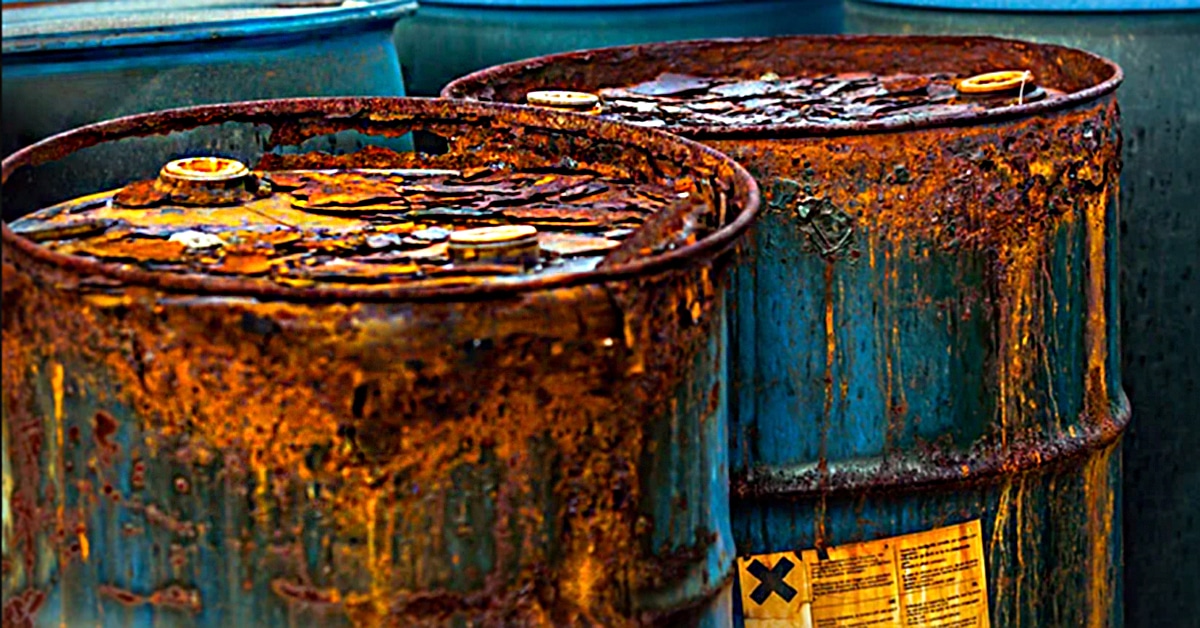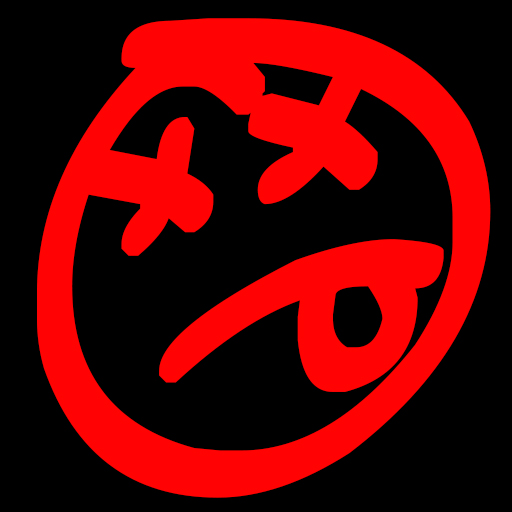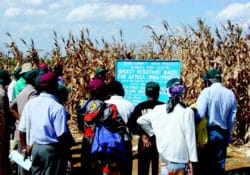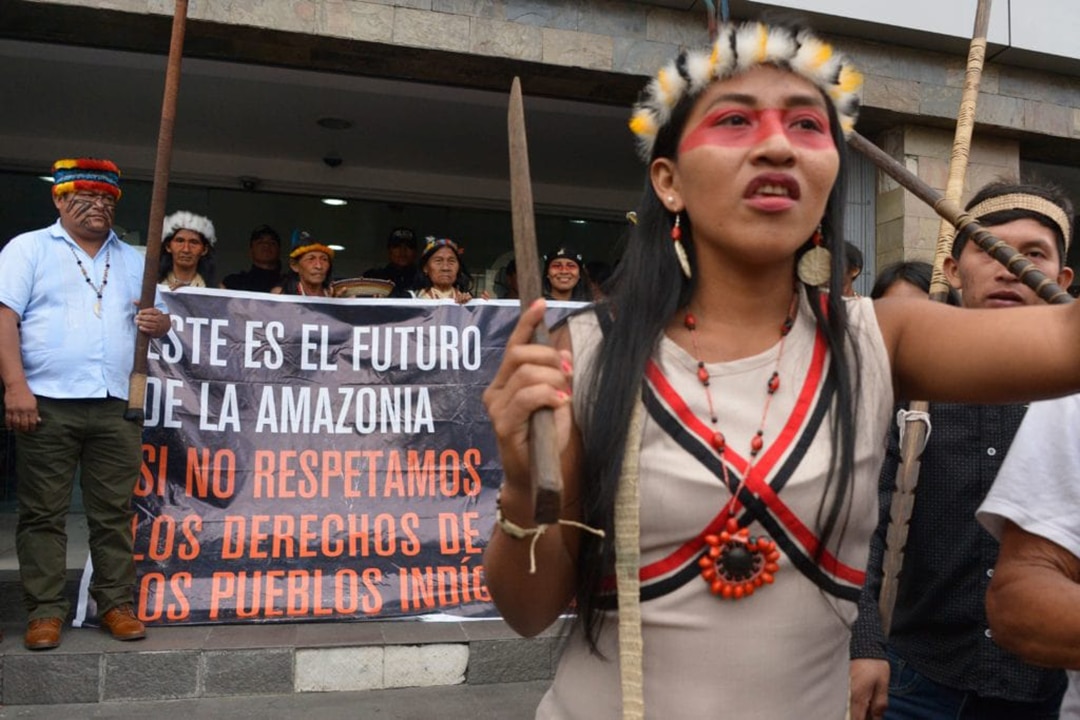

The toxic stench of industrial corruption
by Paul Cudenec | Apr 2, 2025
Beneath the idyllic green rolling hills of a well-off rural area lurks the stench of mafia-dumped toxic waste, polluting the air, the water supply and the food chain, killing off the wildlife and giving cancer to the people who live there.
What finer metaphor could one imagine for the industrial society which has been imposed on us all by the global criminocracy?
And yet this is not so much metaphor as truth, as American author Biff Thuringer makes clear in his powerful, entertaining and finely-crafted novel Wasted: A Story of Love Gone Toxic. [1]
Yes, of course, the form is fiction, complete with all the action, humour, sex and suspense required to keep those pages turning in the reader’s hands.
But the core content – beneath the fictional surface – is all too real.
As the book’s back cover explains, key revelations are based on the author’s own investigations over a five-year period and the book’s mission is to expose “the devastation being wrought by unscrupulous members of our nation’s power elite in the name of greed”.

In the words of the novel itself, we are talking about a rural part of New York State “and how its despoiling at the hands of industrialists and organized criminals has proceeded unabated for more than 60 years, despite all efforts to curb it”. [2]
We also learn how elected officials “are not only responsible for policies that perpetuate the process of illegal toxic waste dumping, but are intimately involved in proceedings at the meanest local level to snuff out all attempts to investigate and rectify known toxic waste dumps and prosecute the perpetrators”. [3]
And we see unveiled “this Byzantine underworld of mob hijinks, political favors, cover-ups and fancy maneuvring by high level government officials and connected law firms” which is “all in the name of toxic waste dumping for dollars”. [4]
In the novel, one of the big sources of the pollution and corruption is the manufacture of the silicon microchips that are needed for the construction of the global digital prison to which our slavemasters would dearly love to confine us.
The cheapest production technique involves the use of large amounts of toxic chemicals which, when spent, have to be disposed of.
Environmental regulations mean this is an expensive matter for the various businesses which produce such waste products and the result is a profitable black market in their disposal.
For half the price of the official path, the crooked companies pay their friends in organized crime to take them off their hands.
The barrels of deadly chemicals might be secretly stored in warehouses for years, slipped into general landfill waste, poured into the drains or buried in various construction projects.
“Toxic waste is under every superhighway, parking lot, high school, shopping mall, golf course, children’s park and sports stadium, making the air above them dangerous to breathe and the water below them undrinkable”. [5]

The mafia even manage to sell some of this waste – bribed local government officials might buy it as “cleaning” fluid, it might be added to asphalt for roadbuilding or even dispatched to Latin America to manufacture cocaine and other drugs.
Thuringer depicts “a complicated shell game”, “a billion-dollar shadow economy in dirty toxic chemicals”. [6][7]
And he provides some fascinating insights into the mechanisms of public-private corruption.
For instance, he writes of one fictional character: “Since moving to Roosevelt County in 1968 from the Bronx to start a housing construction firm, Vince Rocco had insinuated himself into local politics.
“Starting in the Town of Pinksterkill and moving town by town through much of rural central and southern Roosevelt over the next 32 years, Rocco would attain each municipality’s tax assessor post.
“Once in the position […] he would manipulate assessments upward to the point that beleaguered farmers and old-line families would be forced to sell their land or have it appropriated for back taxes.
“Commonly one of three or four big developers would be conveniently waiting in the wings to snap the property up for a song”. [8]

We are also introduced to the financial scam of so-called industrial development bonds.
“These are billions of dollars in essentially worthless bonds, backed by public money, that are falsely marked up, repackaged with other bond types and sold as derivatives.
“It’s a vast pyramid scheme, where the people who are connected on the front end get rich and the people down the line get left holding the bag.
“When the loans these bonds were financing aren’t paid back by the mobsters who have long since spent the money, the taxpayers of the localities in which the bonds were produced foot the bill.
“If this ever became known by the general public, it would be a financial crisis that would make the Enron debacle pale in comparison”. [9]
Thuringer describes how one character “was visibly flabbergasted” to hear accounts of “vast, nation-wrecking financial scams, international cabals of criminals who ran the world’s governments and a shadow economy in toxic chemicals that was giving everyone asthma, cancer and AIDS”. [10]
While toxic waste is the symptom on which the novel focuses, the underlying cause is clearly identified as industrialism itself.

Not only is the central character, Nate, an anarchist, but he has (like me) a long-felt aversion to the modern world which has stolen from us the free and natural lives we should have been able to enjoy. [11]
“It had always irked Nate that this birthright was taken from him. He remembered when they flattened his childhood wonderland of sand dunes and scrub pines to make way for a gigantic shopping mall and a surrounding forest of McMansions.
“He recalled the hellish scenes of industrial America from his many road trips, and the shock of having encountered them for the first time.
“The almost unbroken chains of poison-belching oil refineries, chemical factories and plastics plants lining Interstate 95 from New York to Philadelphia and beyond.
“The barren, sooty wastes of Pennsylvania and West Virginia. The brutal breakneck urbanization and industrialization of vast stretches of Massachusetts, Connecticut, Delaware, Virginia, North Carolina, Georgia, Florida, Louisiana, Ohio, Illinois, Michigan, Texas, Kansas, Missouri, Arizona, New Mexico and much of the West Coast…
“These images, smells and sounds had been festering in his brain for years, eating at his helpless soul”. [12]
The gravity of the threat to humankind and nature presented by the global industrial mafia could hardly be overstated.
As Nate tells his friend: “Don’t you get it? These people are evil. They’re killing us, Nicole”. [13]
And I’m sure many of us can relate to him when he says: “I’ve sat on my ass my whole life and watched them turn this beautiful country to shit. And now I’ve just been told that it’s worse than I imagined in my wildest dreams.
“Somebody’s dropped a gauntlet at my feet and I picked it up. I don’t know what I’m going to do, but I’m going to do something, believe me”. [14]

Subscribe to Winter Oak
Footnotes:
[1] Biff Thuringer, Wasted: A Story of Love Gone Toxic (Rhinebeck NY: Chronic Publishing, 2018). All page references are to this work.
[2] p. 114.
[3] Ibid.
[4] Ibid.
[5] p. 239.
[6] p. 175.
[7] p. 53.
[8] p. 104.
[9] p. 168.
[10] p. 169.
[11] p. 127.
[12] pp. 180-81.
[13] p. 231.
[14] p. 182.





